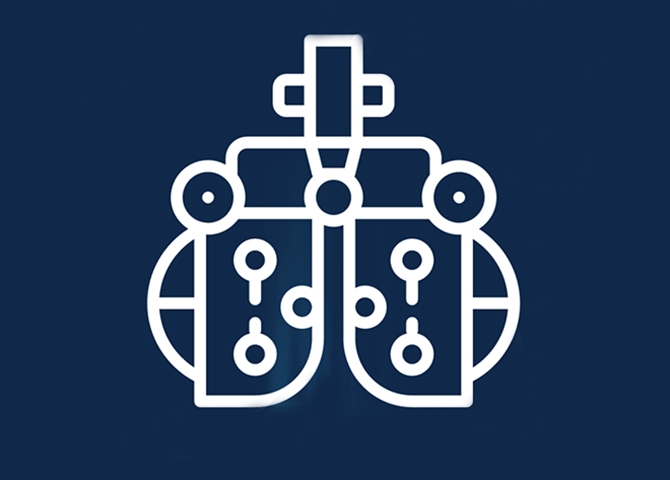
Rodenstock defines a new norm in lens calculation
Today, most lenses are manufactured using a standard vision test with just four standard prescription values as input for the lens calculation process. With no further input available, standard eye values from the reduced eye model are used. However, these values suit just 2% of eyes and this affects how precisely the lens can be tailored to the individual’s eyes.
Using our immense biometric data set
To move away from this old lens calculation norm, we conducted an extensive analysis of our immense biometric data set.
Creating hundreds of thousands of individual biometric eye measurements with the DNEye® Scanner has allowed us to achieve one of the biggest biometric data sets in the industry. In combination with in-depth knowledge of the vision system, this data has enabled Rodenstock to learn more about the biometrics of the eye than ever before.
The result: A new norm in progressive lens manufacturing
Rodenstock’s new AI technology makes it possible to include approximate biometric values when calculating lenses. This ensures a higher level of biometric precision when exact values from the DNEye® Scanner are not available. With this AI technology, we are creating a new norm within progressive lens manufacturing.

A new norm in lens calculation in video
Watch Rodenstock's keynote on a new era of biometric precision in lens calculation to learn more.



